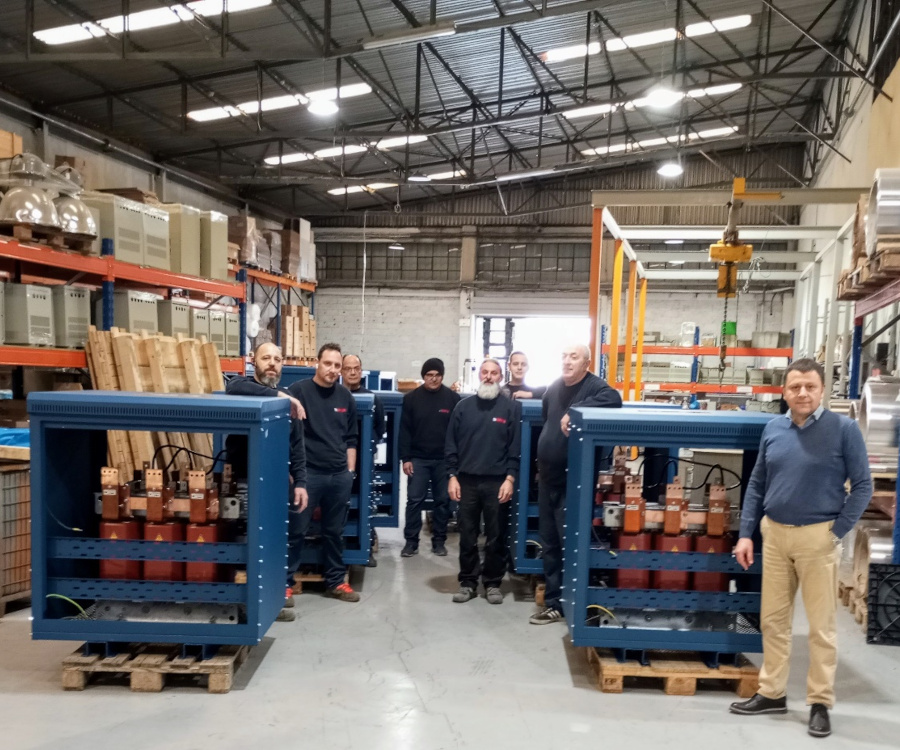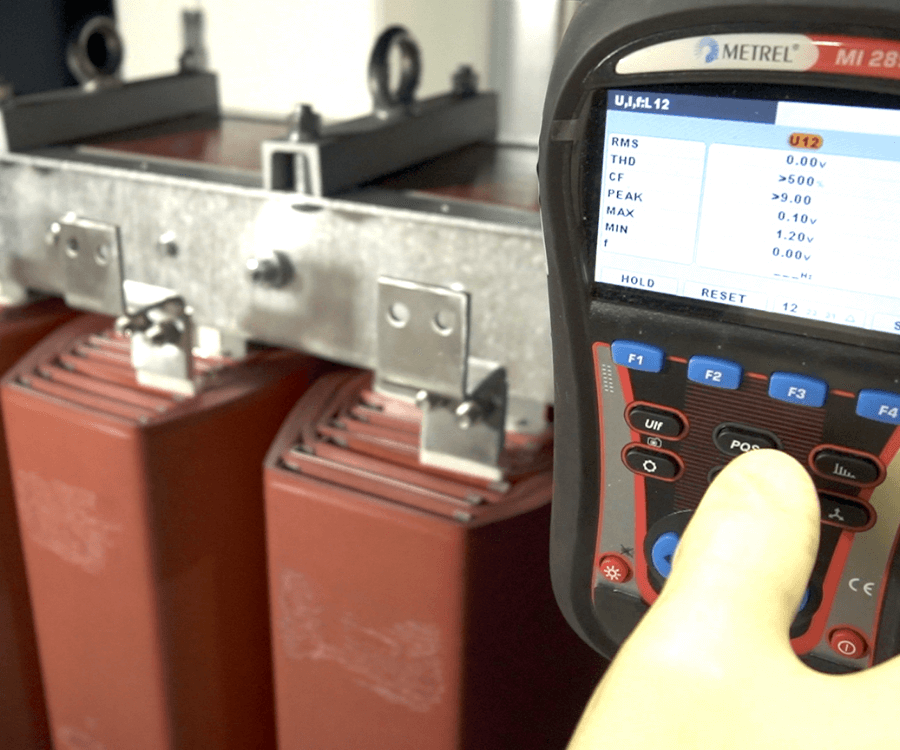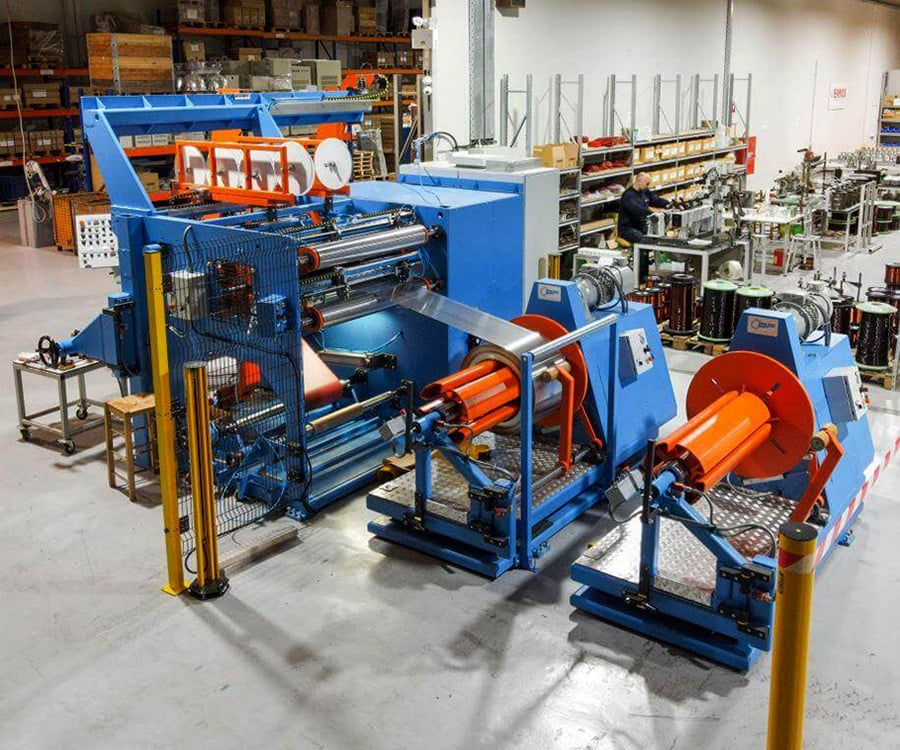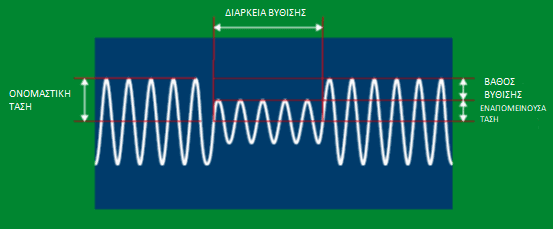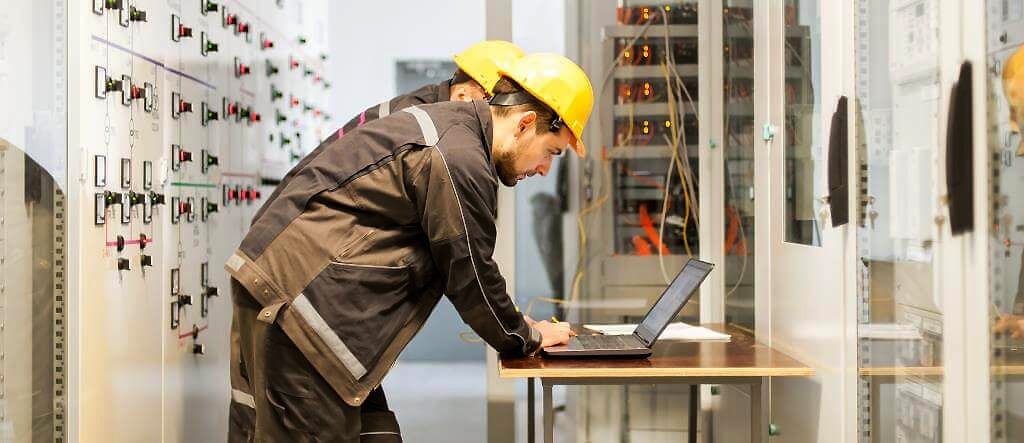Active and passive filters are the two main categories of filters currently available on the world market.
The first question, therefore, that the businessman interested in purchasing filters – to protect his equipment, save energy and reap the overall benefits of filtering – is whether he should resort to active or passive filters .
In this article, we will compare the two categories in order to help the entrepreneur in the decision he is called upon to take regarding the choice of filter category.Both active and passive filters are designed to eliminate harmonics. However, the two types are radically different in how they operate, the degree of damping of harmonics, cosine correction, its applications, lifetime and cost.
The following is a comparison of active and passive filters with respect to the above-mentioned key comparison criteria.
How It Works
Passive filters typically aim at eliminating a harmonic of a particular order (eg, 5th, 7th etc) and are designed “on demand” depending on the magnitude of the harmonic voltage or current of the installation. Therefore, they are more suitable for cases where there is a small number of harmonics, because where there is a large number of harmonics, a corresponding number of passive filters is needed, increasing the total cost.
For example, if in a network such as the one shown in the figure below, nonlinear loads create harmonics of 5th, 7th, 11th and 13th classes, we should use four (4) different filters, one for each harmonic.

Instead, active filters are not designed according to the needs of specific networks or facilities. Their functions are adjustable so they can respond to a wide range of applications, but also to dynamic variations of harmonic sizes.
More specifically, in the network of the figure below, the active filter with the aid of Strength Transformers (CT) continuously measures the line current, calculates accurately the current of all harmonics and creates an exact opposite, which is injected into the grid and compensates for the current of harmonics.
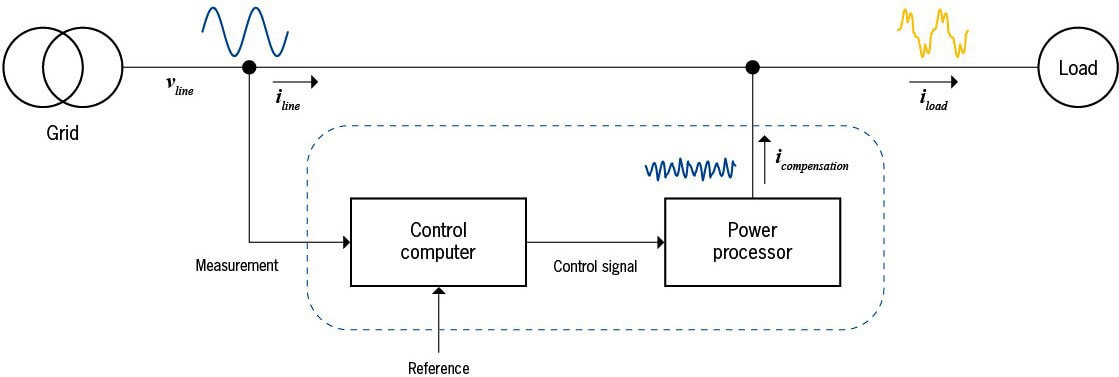
Therefore, a network needs only one active filter to eliminate the harmonics of all classes, even if their values fluctuate. This makes the active filters an ideal choice for installations with harmonics of many different classes, but a
Degree of damping of harmonics
Harmonic depreciation rate is a key criterion for choosing a filter.
Passive filters do not completely eliminate the magnitude of harmonics, but only a fraction of them. Thus, in cases where the higher harmonics are not significantly larger than the basic 1st harmonic, the effect of passive filters reduces the magnitude of the harmonics to permissible levels. But if we have, for example, a very large 5th harmonic, the filter used will have a very high damping capacity to limit it effectively.
Active filters achieve greater harmonic eradication rates, reaching even 100% in low-order harmonics (150-350 Hz). Some active filters have been specially designed to eliminate harmonics even at frequencies 5-6 kHz, that is, 100th order.
The following diagram shows the percentage of harmonics of an active filter relative to the order of each harmonic. We observe that the most common harmonics such as 3rd, 5th and 7th can be completely eliminated, while higher order harmonics are also significantly reduced.

With regard to the total THD harmonic deformation factor, according to the requirements of IEEE 519, its value should be below 5% or even below 3% in hospital and aerodrome applications.
In the case of applications with a wide range of harmonics, the reduction of the THD index at the mentioned required levels is possible only with the use of active filters.
Correction of cosine
Correction of cosine cosine (often referred to as power factor) together with the harmonics is the two most important factors of the Power Quality object in Power Systems.
It is considered particularly important as a low cosφ coefficient, constitutes the existence of reactive power, which:
- reduces the actual (beneficial) power of the network. As shown in the following figure, when the reactive power is increased, the active power is reduced to keep the total.
- often entails charges from the Electricity Provider (PPC).
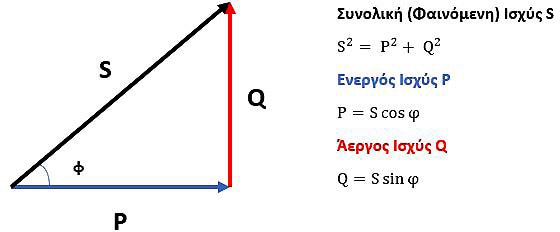
For cosine correction, both passive and active filters contain capacitors and also ensure cosine correction to the desired levels, ie close to 1.
Applications
Passive filters are ideal for local compensation and limited range of harmonics, where the use of active filters is considered economically unprofitable. In installations where harmonics are due to specific nonlinear loads and there is no need for central compensation, it is common to use passive filters. In many cases, suppliers of such loads (inverters, etc.) offer passive filters as accompanying optional equipment.
Instead, active filters are ideal in cases of high power applications and special requirements. Such applications are indicative of the following:
- Industrial plants with a large number of non-linear loads (inverters, CNC machines, pumps, electrification, etc.)
- Installations with a large number of electronic equipment (PCs, call centers, printers, data centers etc.)
- Installations with a wide range of harmonics
- Special installations requiring particularly low levels of harmonics, such as hospitals and airports (THD <3%)
- Circumstances that require filtering from modern supervisory and control systems (PLC & SCADA)
- Facilities that face problems of transient phenomena (startups etc) as well as specific phenomena due to harmonics, such as resonance, interharmonics and flickering.
Life expectancy
The passive filter’s life is limited, as the capacitors, which form their basic building block, have a short life span and are prone to overvoltage and resonance phenomena.
Active filters have a clearly longer lifespan. Thanks to their construction, they are fully protected against overloads and their maintenance needs are small as they consist of peripheral components (capacitors, fuses, etc.). Even if they operate continuously on a 24-hour basis, they have a guaranteed life span of over 10 years .
Cost of filters
The cost of a passive filter is considerably smaller than the corresponding cost of an active one, mainly due to its much simpler structure. However, for reasons already mentioned, in large applications it is necessary to use a large number of filters.
Active filters have a higher cost per unit. However, their ability to perform a central compensation, but also a large range of harmonics, allow for the use of a much smaller number of filters (usually a single filter is sufficient).
In addition, due to their longer life span, high levels of protection, small maintenance needs and significant energy savings, they ensure a rapid depreciation of their initial purchase costs and are therefore the most economical option in the long run.

